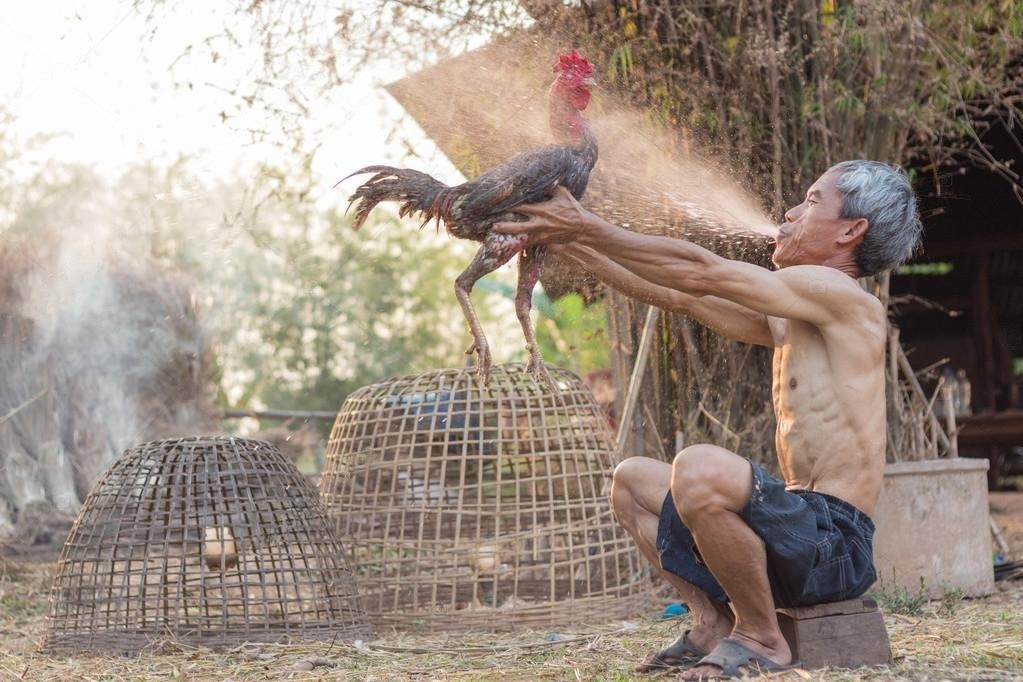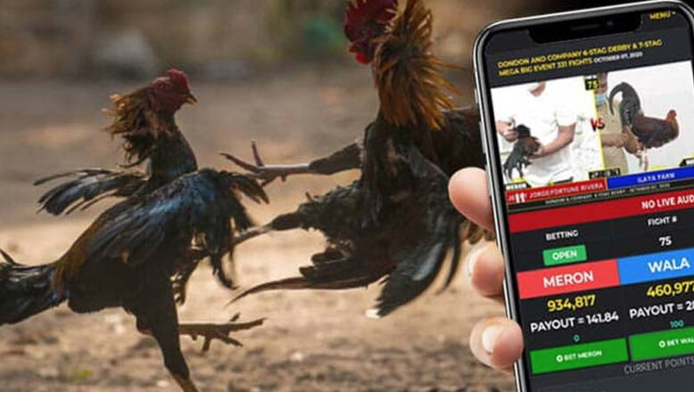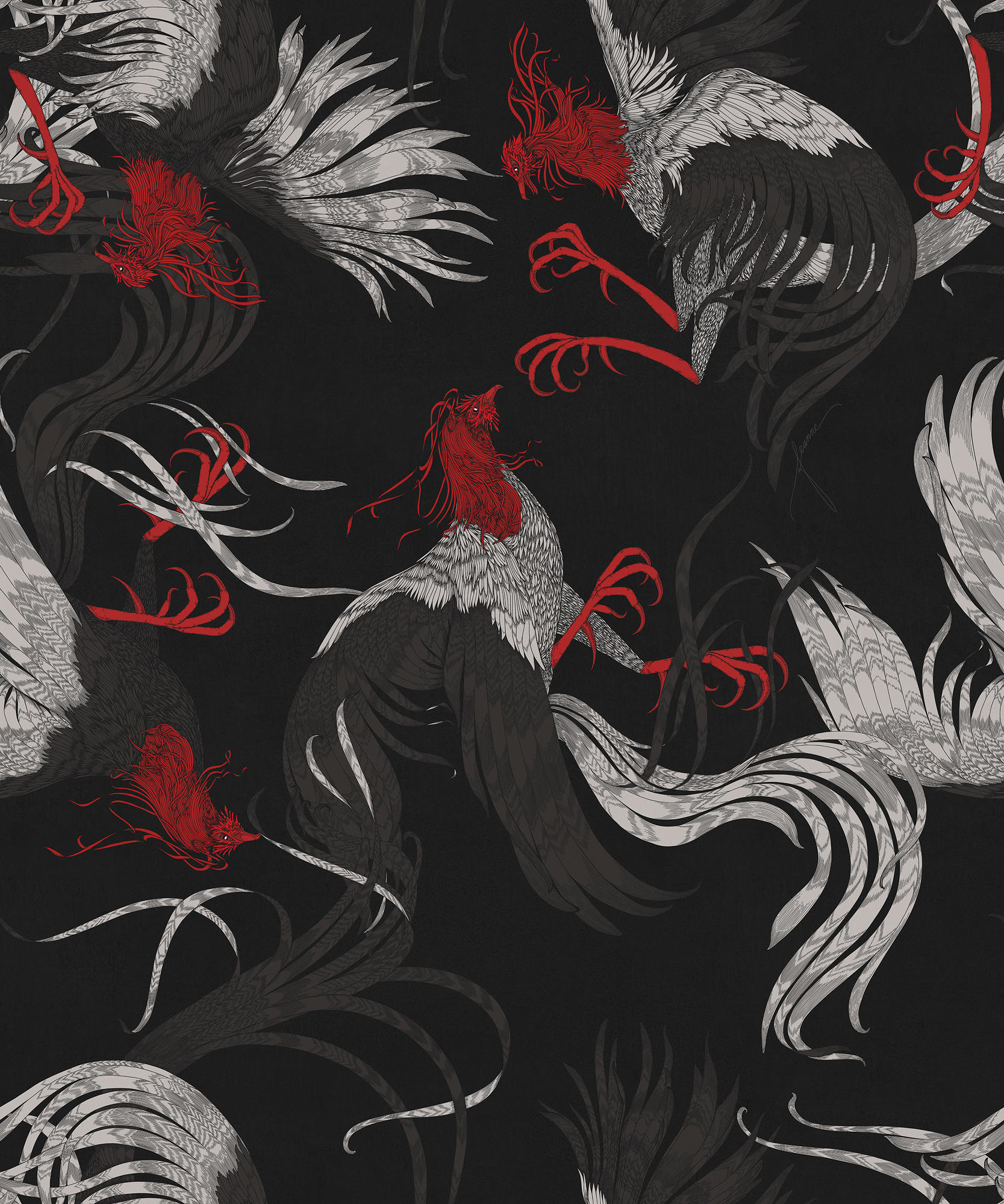Discover the Tricks of a Sabong Grandmaster: Winning Strategies Introduced
Discover the Tricks of a Sabong Grandmaster: Winning Strategies Introduced
Blog Article
Tricks of the Sabong Grandmaster: Understanding the Art of Cockfighting
The complex globe of cockfighting, specifically as practiced by the Sabong Grandmaster, uses an interesting study in the convergence of animal behavior, training methods, and affordable technique. To really grasp the nuances of this art type, one have to explore exactly how the Grandmaster balances the physical and psychological aspects of fowl training while navigating the honest factors to consider intrinsic in this conventional practice. What are the crucial insights that separate the remarkable from the ordinary in this world? Understanding this could redefine one's perspective on the sporting activity and its practitioners.
Background of Cockfighting

As the centuries advanced, cockfighting spread throughout numerous continents, adapting to neighborhood customs and social characteristics. In middle ages Europe, it obtained popularity among the nobility, that regarded it as a display screen of wide range and standing. By the 17th century, the sport had developed itself in England, leading to the development of defined policies and policies.
In the Americas, especially in the Caribbean and the Philippines, cockfighting tackled distinct qualities affected by colonial histories and aboriginal methods. Today, while the sport stays controversial and deals with lawful obstacles in many regions, its historic value remains to stimulate discussions concerning pet civil liberties, cultural heritage, and societal worths. The advancement of cockfighting reflects broader themes of human communication with nature and the complexities of tradition.
Comprehending Fowl Behavior
Comprehending rooster habits is essential for those entailed in the sporting activity of cockfighting, as it directly affects training, wellness, and performance. Fowls show an array of habits that can indicate their physical and mental states. Especially, aggressiveness, territoriality, and social power structure play considerable functions in their demeanor.
Hostility is a natural reaction in fowls, mainly driven by the requirement to assert prominence. Observing interactions among roosters can expose their pecking order, which is essential for managing their atmosphere. A certain fowl presents a more assertive posture, while a passive one may reveal signs of anxiety or anxiety, such as crouching or avoiding eye call.

Training Methods for Champions
Efficient training strategies are essential for creating champ roosters that master the affordable field of cockfighting. An organized method makes sure that each bird reaches its complete capacity, integrating physical conditioning with psychological stamina.
To start, establishing a regular training routine is important - Sabong Grandmaster. This consists of daily workouts that enhance stamina, dexterity, and endurance. Regimens might involve controlled competing sessions with both real-time and synthetic opponents to mimic competitors, enabling fowls to sharpen their combating abilities in a risk-free atmosphere
Incorporating agility drills, such as obstacle courses and jumping workouts, considerably improves a rooster's physical capabilities. Additionally, introducing diverse surface areas and terrains can improve their versatility during fights.
Psychological training must not be overlooked. Acquainting the birds with the audios and sights of an affordable atmosphere can lower stress and anxiousness on battle day. Moreover, favorable reinforcement methods, such as satisfying preferable behaviors, can impart confidence in the roosters.
Last but not least, preserving a tranquility and assertive visibility throughout training sessions fosters trust fund between the trainer and the fowl, vital for attaining optimal performance. Together, these techniques form a detailed training routine that grows champions prepared to stand out in the sector.
Health and Nourishment Basics

Incorporating a mix of barley, corn, and wheat provides needed carbohydrates, while healthy protein resources such as fish meal, soybean meal, or bugs sustain muscle mass development and recovery. Additionally, incorporating fresh vegetables and fruits can boost the general nutritional profile, supplying anti-oxidants that improve the body immune system.
Hydration is just as important. Access to clean, fresh water should be a concern, as dehydration can badly influence web link performance (Sabong Grandmaster). Routine wellness check-ups are vital to monitor for any prospective diseases or parasites that can compromise a rooster's problem
Moreover, the timing of feed is critical. Offering nutrients at appropriate intervals makes sure that fowls keep energy degrees throughout their training and healing stages. By concentrating on these wellness and nutrition basics, sabong fanatics can assist their fowls attain optimum performance in the competitive arena.
Approaches for Effective Matches
Success in cockfighting depend upon a combination of strategic prep work and in-ring techniques. Effective suit techniques begin long before the battle, with careful choice of the fowl. Dog breeders ought to prioritize hereditary traits such as strength, aggressiveness, and stamina, making certain that the selected bird shows a solid lineage of efficiency.
Training is essential; roosters need to be conditioned via a routine that includes exercise, competing with various other birds, and exposure to different environments. This prep work not just constructs strength however likewise boosts the bird's flexibility to various image source challengers.
Throughout the match, a handler must use keen observation and fast decision-making. Acknowledging the challenger's tactics permits prompt adjustments, such as moving the rooster's stance or encouraging a lot more hostile behavior. When to urge or restrain the bird can mean the difference in between triumph and defeat., timing is essential; understanding.
Last but not least, maintaining a tranquil demeanor throughout matches fosters confidence in the fowl. A balanced approach, combining both mental and physical readiness, ultimately results in effective outcomes in the field, demonstrating that proficiency in cockfighting is as much about method as it is about the birds themselves.
Verdict
The proficiency of cockfighting, as exhibited by the Sabong Grandmaster, depends a fantastic read upon an extensive understanding of rooster habits, effective training strategies, and ideal health and nutrition. By integrating standard experiment modern methodologies, champions are grown, showcasing phenomenal toughness, dexterity, and durability. Strategic understandings throughout matches additionally improve the likelihood of success. Eventually, the keys of the Sabong Grandmaster hinge on the unified balance of these aspects, making certain the continued legacy of this old sport.
To absolutely understand the subtleties of this art form, one have to explore just how the Grandmaster harmonizes the emotional and physical aspects of rooster training while browsing the ethical considerations fundamental in this traditional technique.Comprehending fowl actions is essential for those entailed in the sporting activity of cockfighting, as it straight influences training, wellness, and efficiency.Preserving ideal wellness and nutrition is crucial for making sure that roosters get to peak performance in the cockfighting arena. Providing nutrients at suitable intervals makes certain that roosters keep energy levels throughout their training and healing phases.The mastery of cockfighting, as exemplified by the Sabong Grandmaster, hinges on a comprehensive understanding of fowl habits, efficient training strategies, and optimum health and nourishment.
Report this page